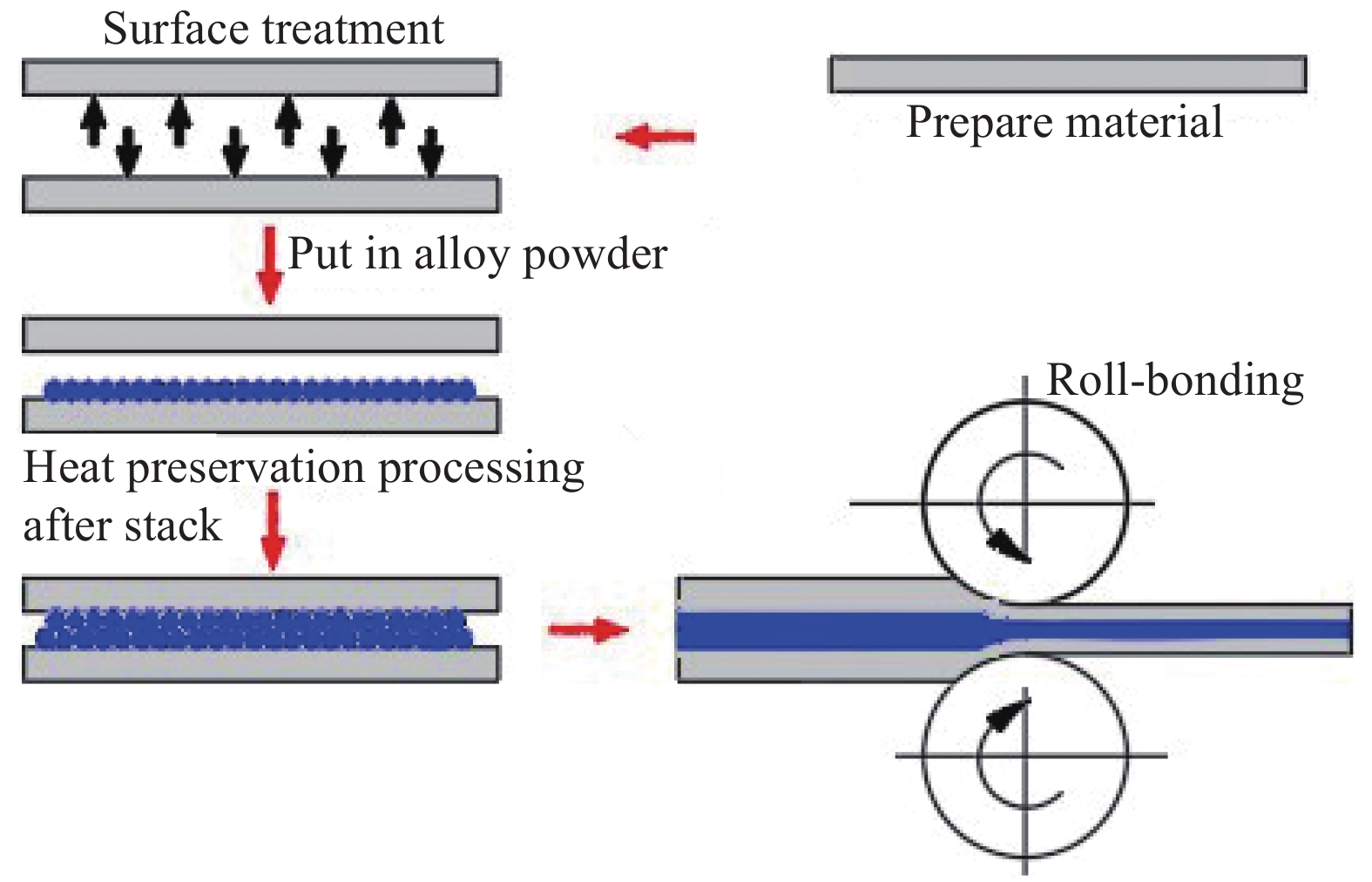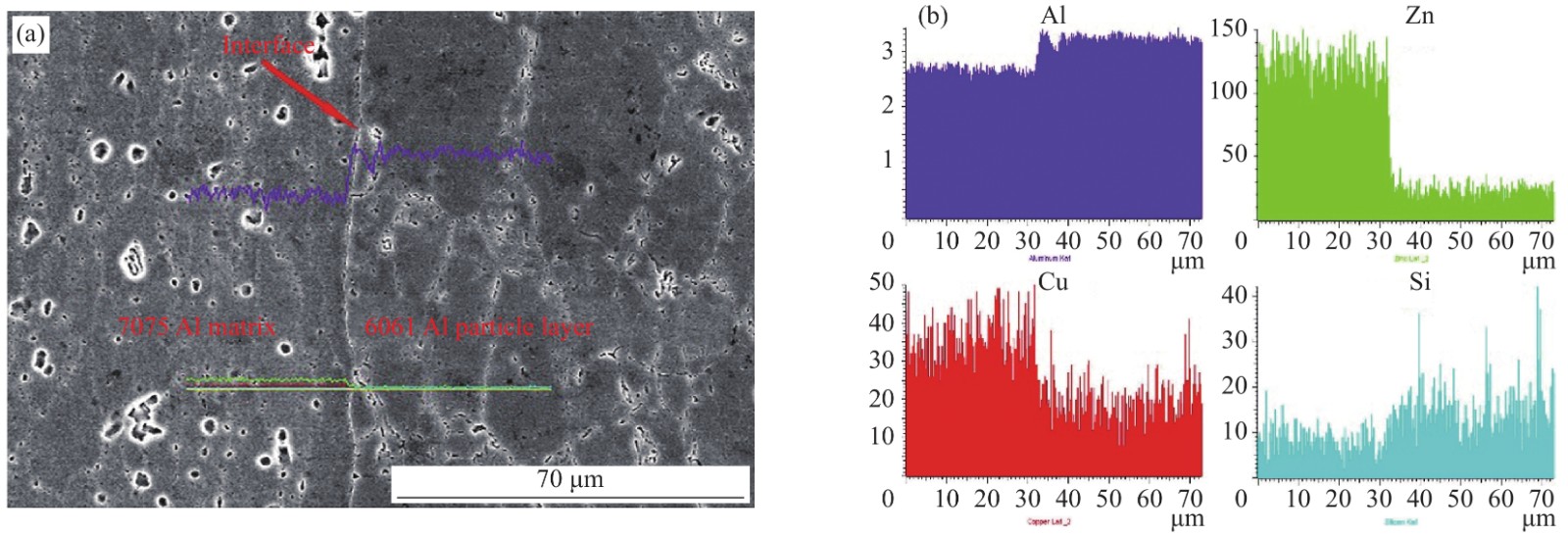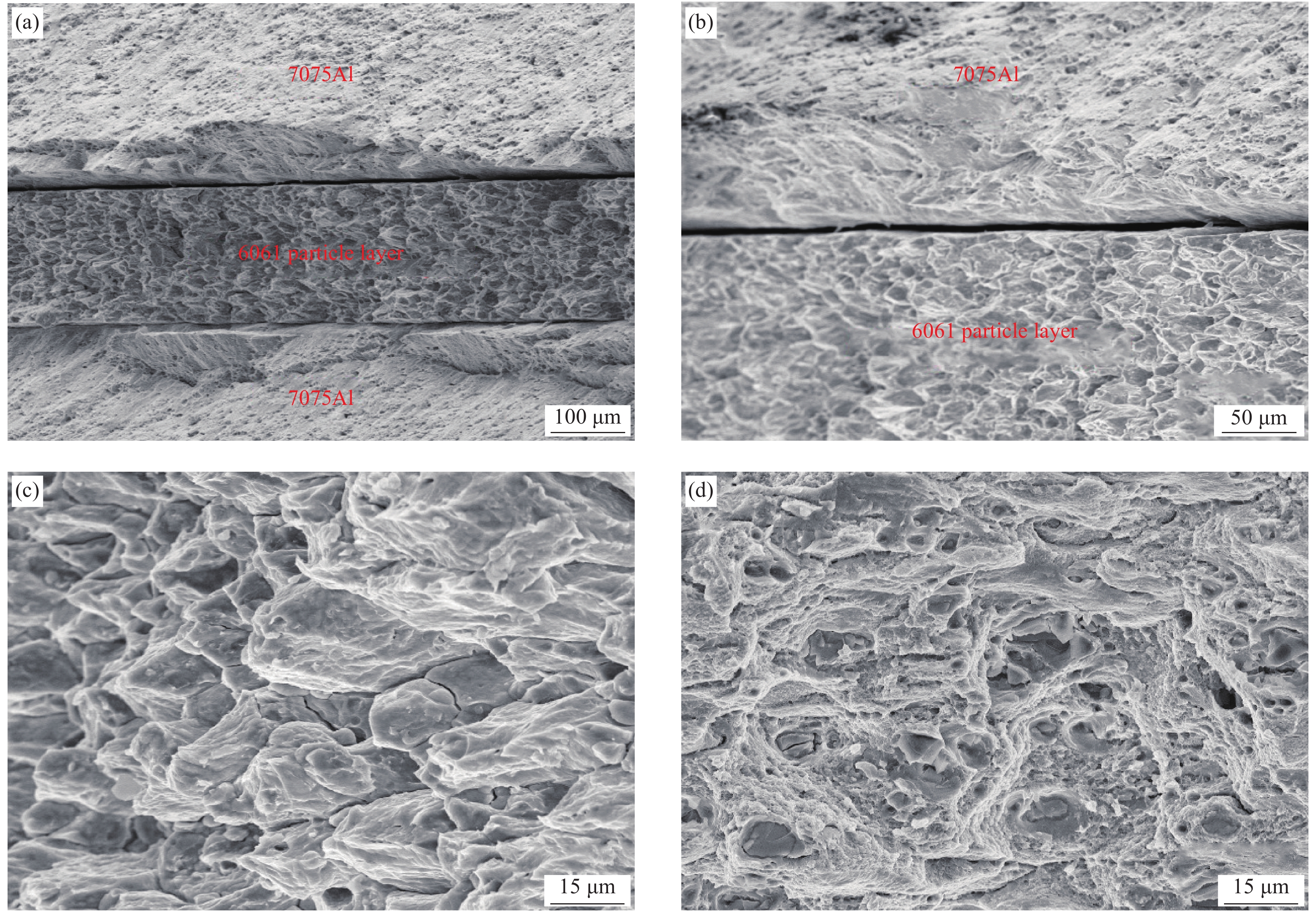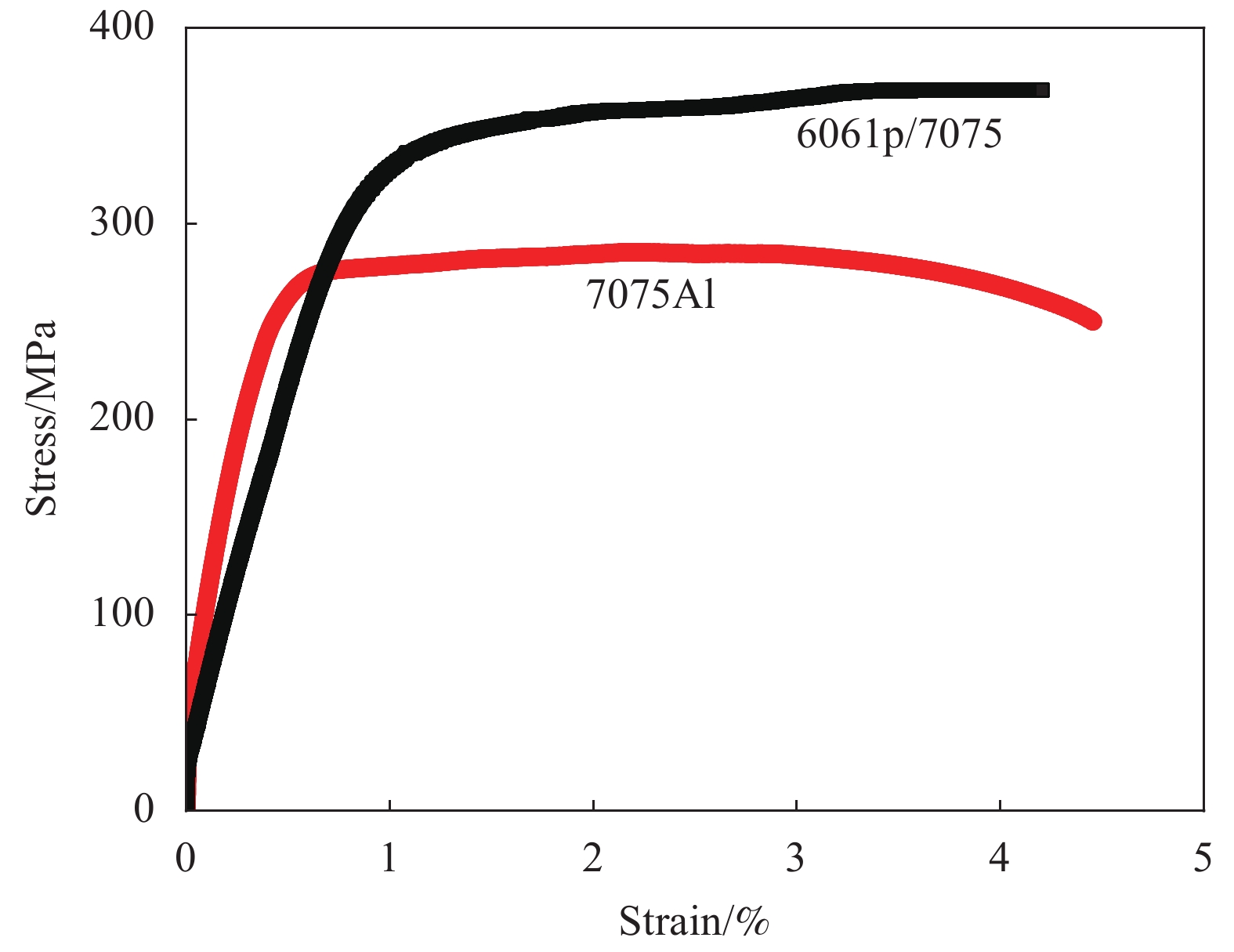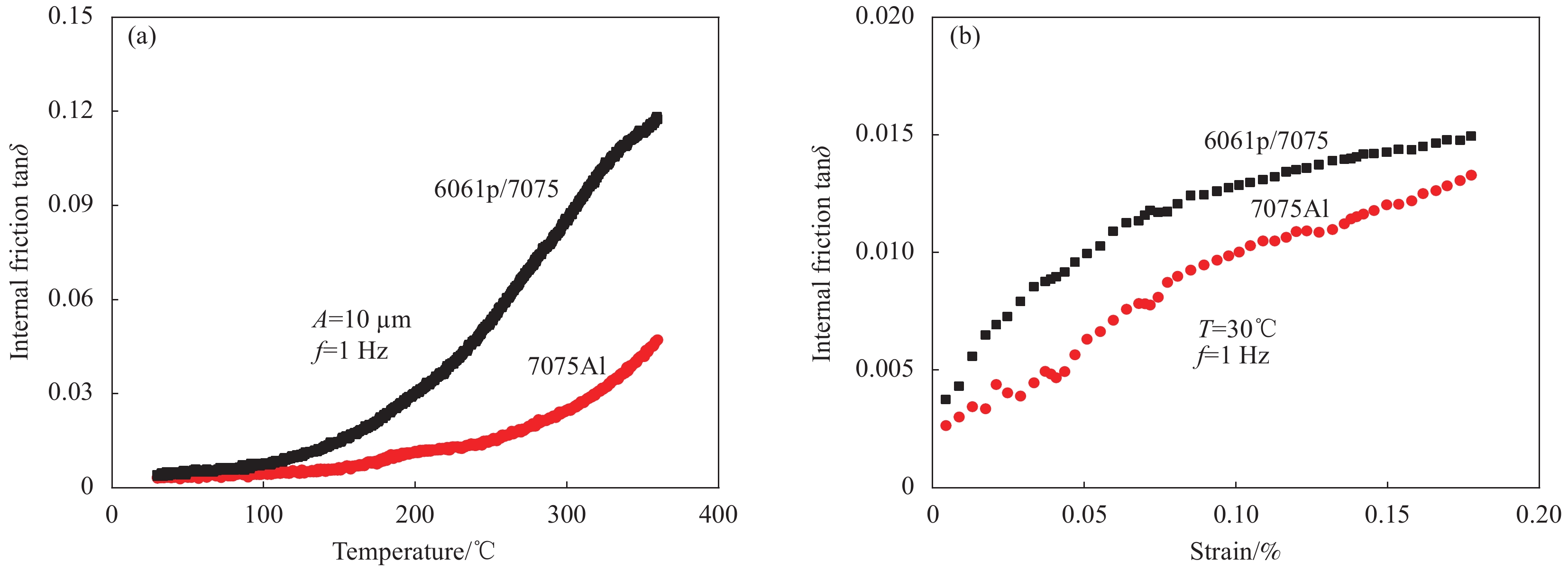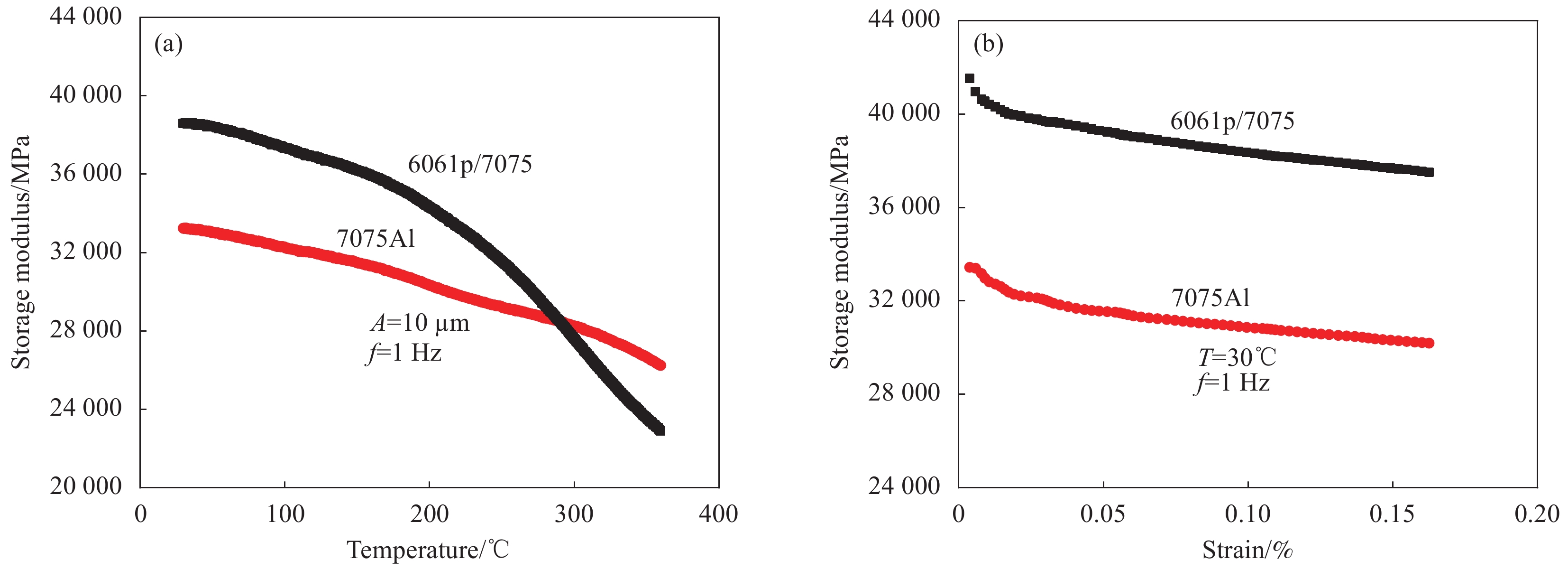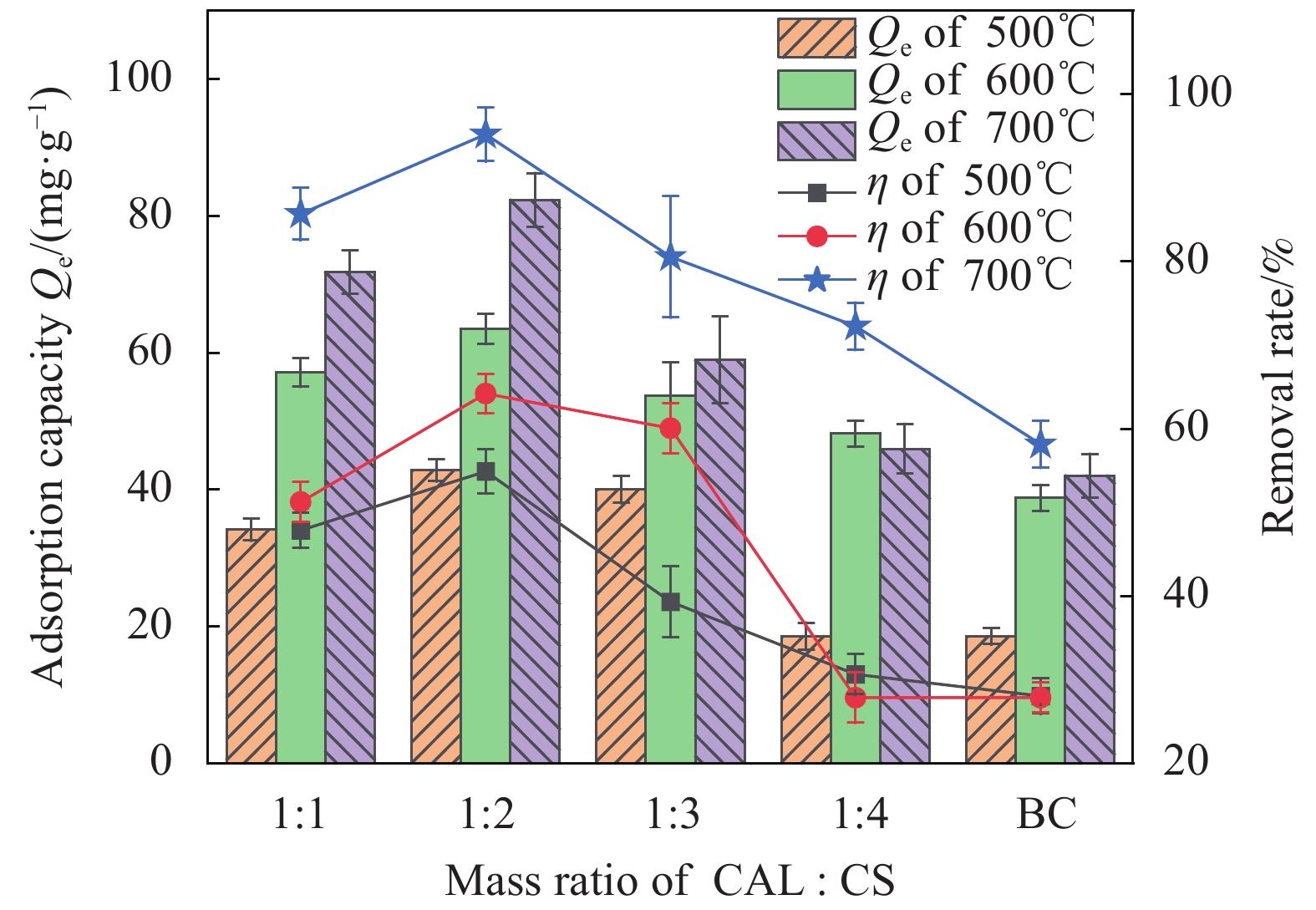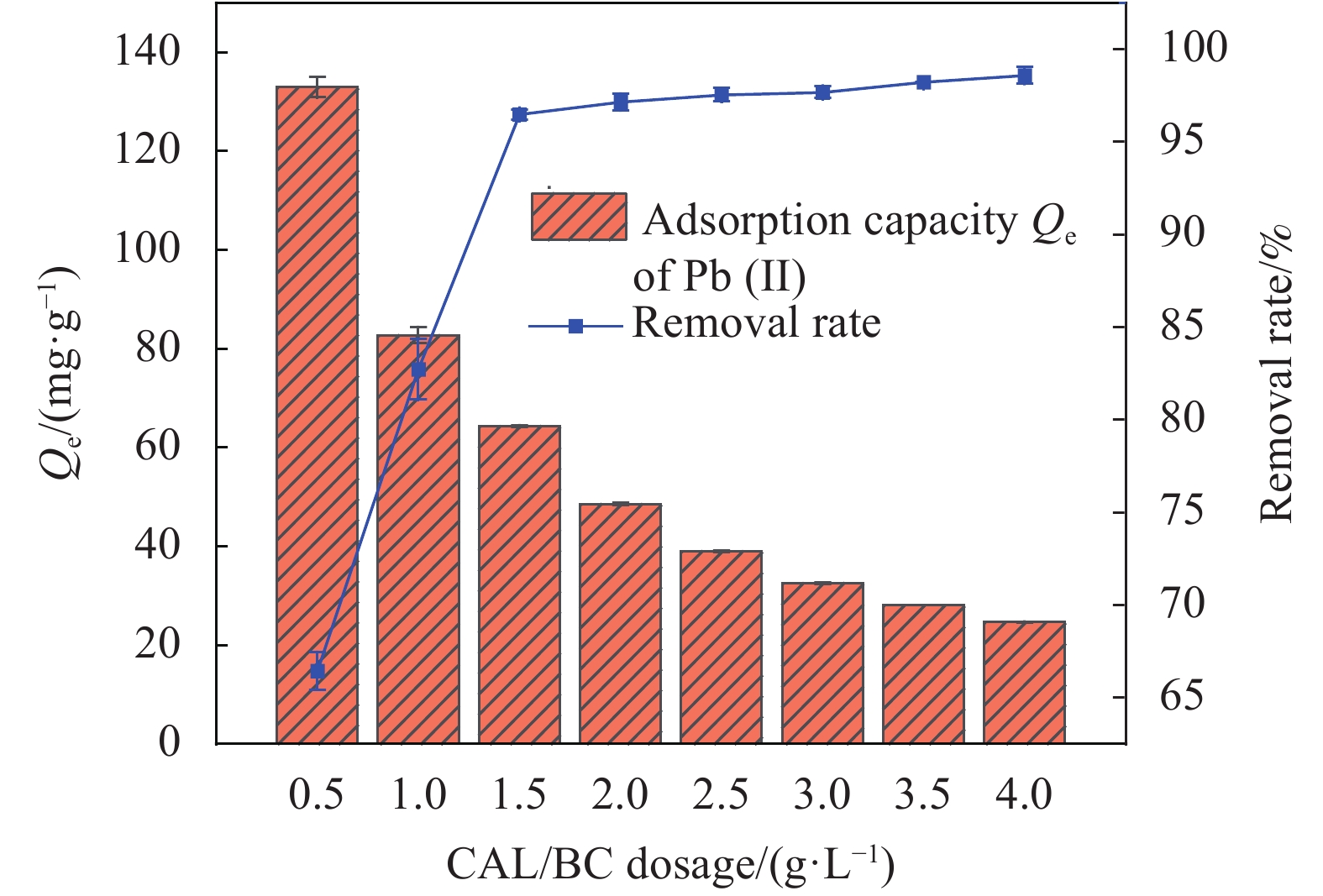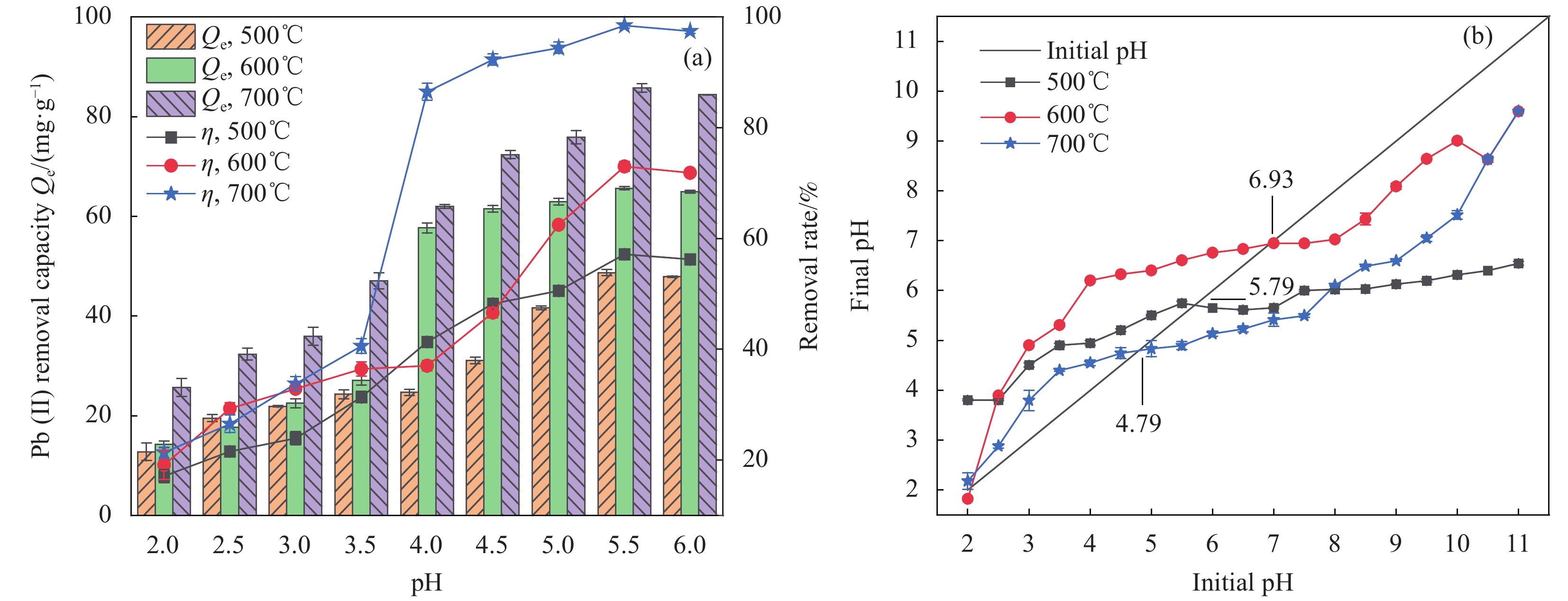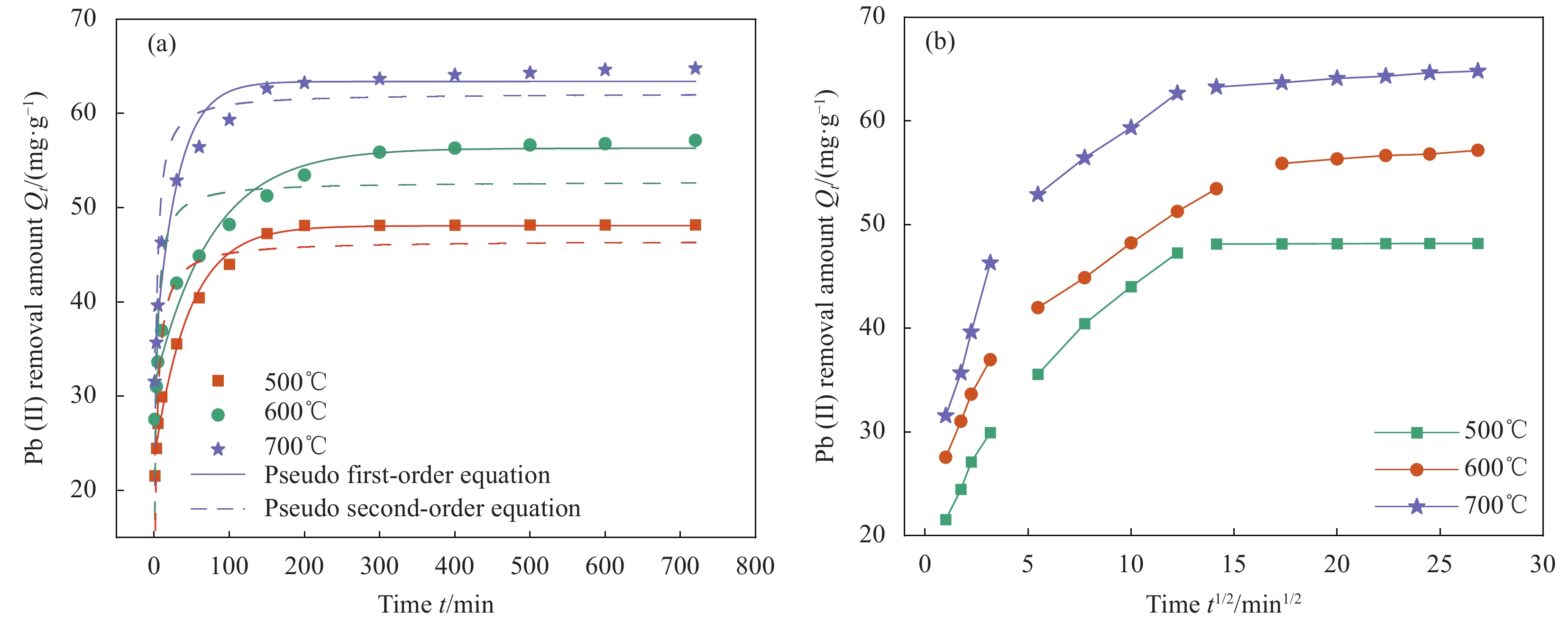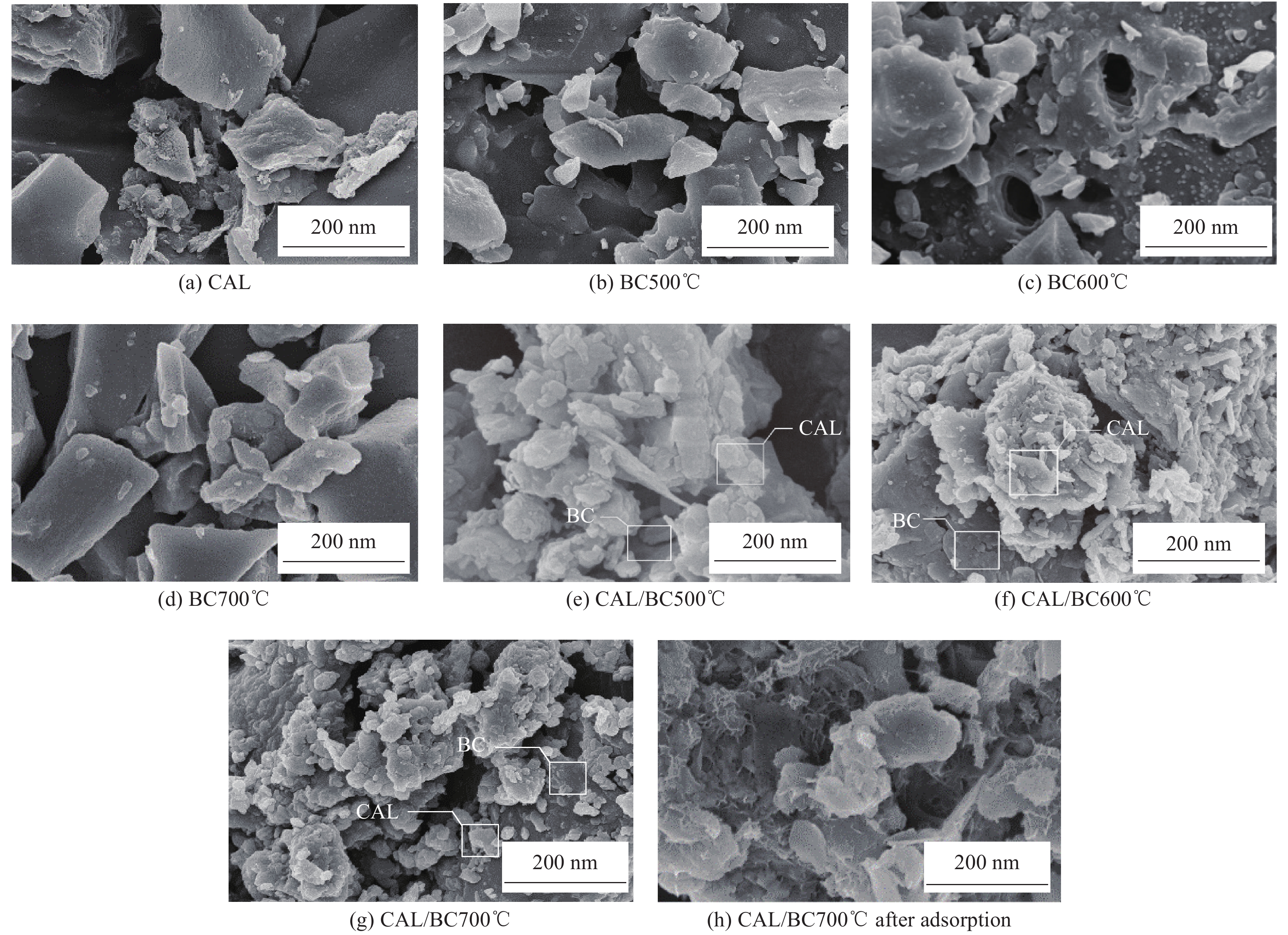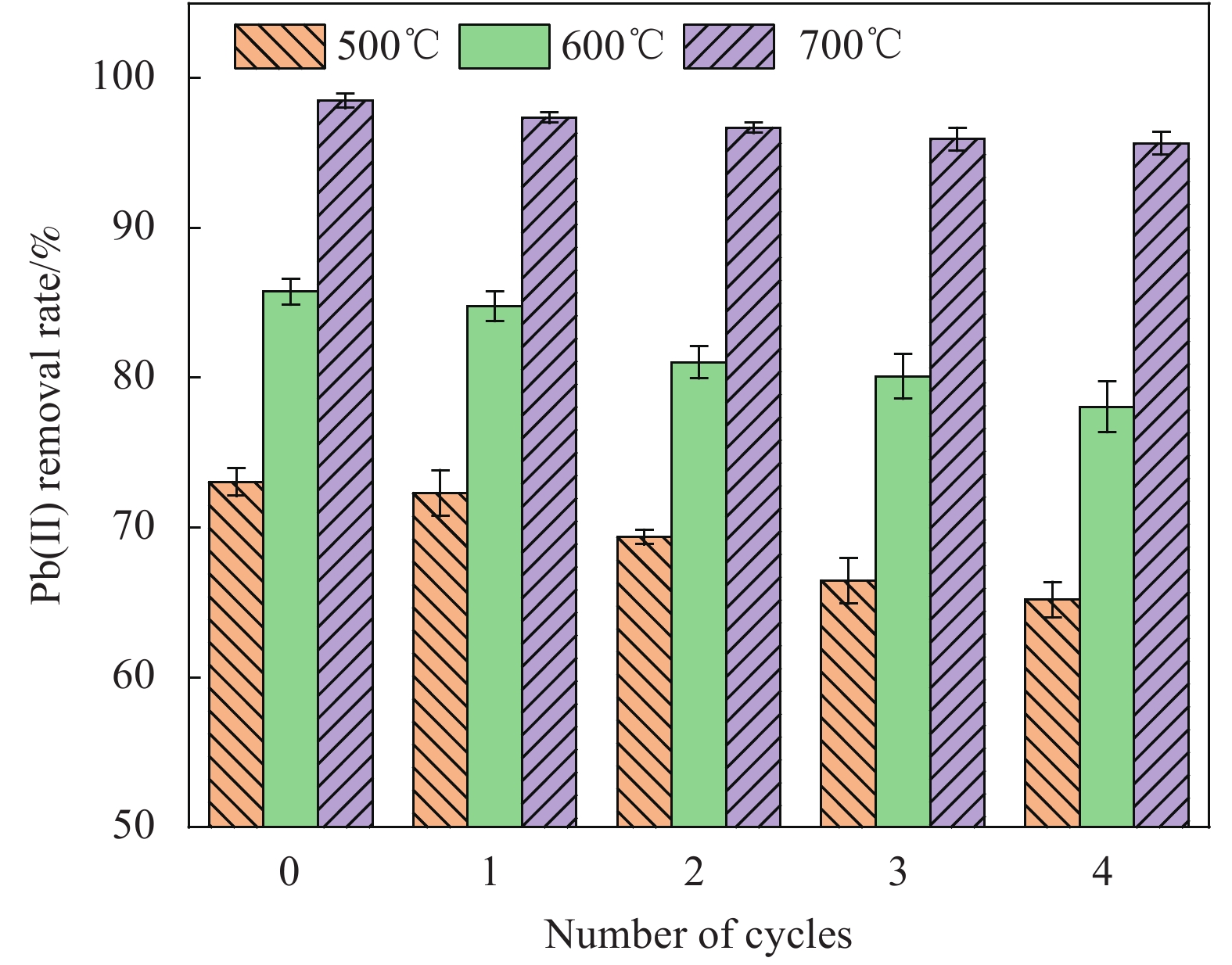Preparation of calcite/biochar composite by co-pyrolysis and its adsorption properties and mechanism for Pb(II)
-
摘要: 为了制备一种高效吸附含Pb(II)废水的生物炭材料,以椰壳(CS)和方解石(CAL)为原料,采用共热解法分别在500℃、600℃、700℃制备了方解石/生物炭(CAL/BC)复合材料。通过SEM、ICP-MS、BET、XRD、FTIR等方法对CAL/BC复合材料的表面微观形态和结构进行了表征。结果发现,三种热解温度条件下,CAL均能够与CS紧密结合,而且CAL/BC具有较大的比表面积,表面含有丰富的官能团。批量吸附实验结果表明,CAL和CS质量比为1∶2,pH值为5.5,吸附剂添加量为1.5 g·L−1,此时CAL/BC复合材料对Pb(II)的吸附量分别为95.24 mg·g−1(500℃)、99.01 mg·g−1(600℃)、185.19 mg·g−1(700℃),可见热解温度为700℃时,吸附效果最佳。吸附过程符合二级动力学模型和Langmuir等温线模型。CAL/BC复合材料吸附Pb(II)的主要机制是沉淀、离子交换、阳离子-π作用、孔隙填充和静电引力。此外,CAL/BC复合材料在4次吸附-解吸循环后仍能保持较高的Pb(II)去除率。因此,共热解法制备的CAL/BC复合材料在处理废水中的Pb(II)方面具有广阔的应用前景。Abstract: In order to obtain a biochar material which adsorbs PB (II) in wastewater efficiently, calcite/biochar (CAL/BC) composite was prepared by co-pyrolysis at 500℃, 600℃ and 700℃, using coconut shell (CS) and calcite (CAL) as raw materials. The surface morphology and structure of CAL/BC composites were characterized by SEM, ICP-MS, BET, XRD and FTIR. The results show that CAL and CS combine tightly under the three pyrolysis tempera-tures, and CAL/BC has a large specific surface area and a large number of functional groups. The maximum adsorption capacities of PB (II) on CAL/BC composite (CAL∶ CS=1∶ 2, mass ratio) prepared at 500℃, 600℃, and 700℃ are 95.24 mg·g−1, 99.01 mg·g−1, and 185.19 mg·g−1. The optimum adsorption condition is pH=5.5 and the amount of adsorbent is 1.5 g·L−1. The adsorption process conforms to the second-order kinetic model and Langmuir isotherm model. The mechanisms of adsorption of Pb(II) on CAL/BC composites are precipitation, ion exchange, cation-π action, pore filling and electrostatic gravitation. In addition, the removal rate of Pb(II) by CAL/BC composite remains high level after 4 adsorption-desorption cycles. Therefore, the CAL/BC composite prepared by co-pyrolysis has a excellent application prospect in the treatment of Pb(II) in wastewater.
-
Keywords:
- calcite /
- coconut shell /
- biochar /
- composites /
- Pb(II) /
- adsorption
-
7075铝合金是Al-Zn-Mg-Cu系列合金中常用的一种变形铝合金,具有密度低、比强度高、耐腐蚀、焊接能力好、成型性能好等优点,广泛应用于航空航天和电子制造等领域[1-2]。近年来,随着航天工业的不断发展,航空航天材料及精密仪器等电子材料朝着轻量化、多功能化、无污染化发展的同时,对其减振降噪性能提出了更高的要求[3-5],改善材料的阻尼性能是实现减振降噪的关键因素之一。然而,7075铝合金通常被认为是一种低阻尼金属材料,这限制了其在航空航天和机械工程领域减振降噪方面的应用,因此,开发高阻尼铝基合金具有潜在的工程应用价值。
位错、晶界和界面阻尼是铝合金的主要阻尼机制,通过减少溶质原子和第二相钉扎,增加合金中可动晶界和界面的数量,可以有效提高铝合金的阻尼性能[6-8]。复合技术是提高铝合金阻尼性能的有效方法,该技术可以将高阻尼的增强材料与铝合金复合在一起,制备出高阻尼铝基复合材料[9-12]。陈东等[13]以TiB2颗粒为增强相,采用混合盐法制备了7055铝基复合材料,研究发现随着增强相颗粒的加入使复合材料中界面和位错数量增加,这些位错和界面的滑移会引发合金的位错和界面阻尼,有利于改善合金的阻尼性能。Carvalho等[14]研究了SiC颗粒尺寸对铝基复合材料阻尼性能的影响,结果表明,由于界面阻尼机制的作用,SiC颗粒的加入可以提高Al-Si合金的阻尼性能。Chen等[15]采用累积叠轧法制备出高阻尼Mg/Al合金多层复合材料,研究表明,Mg/Al合金多层复合材料的阻尼行为符合G-L模型。Zheng等[16]采用粉末冶金技术制备了Li5La3Nb2O12颗粒增强铝基复合材料,研究发现,Li5La3Nb2O12颗粒具有高本征阻尼且在铝基体中形成了大量的位错和界面,这些位错和界面引发的阻尼行为及增强颗粒本征阻尼的协同效应增强了合金的阻尼性能,使复合材料的内耗值高达基体的5倍。
通过复合化技术在铝基体中引入增强相颗粒,可使合金中的界面和位错数量增加,从而增加了合金中的位错和界面阻尼贡献,改善铝合金的阻尼性能。虽然近年来对颗粒增强铝基复合材料和多层铝基复合材料的阻尼行为已有了大量的研究,但对具有颗粒层状结构的铝基复合材料的阻尼行为研究却少有公开报道。因此,本文采用轧制复合技术制备出具有颗粒层状结构的6061p/7075铝基复合材料以改善7075铝合金的阻尼性能,并对复合材料的微观结构、物相组成进行分析,研究其力学性能及阻尼行为,揭示合金颗粒层对复合材料阻尼性能的影响,为高阻尼铝基复合材料的设计与制备提供理论依据。
1. 实验方法
采用1.5 mm厚的7075-T6商业铝板材和6061铝合金颗粒(粒径<48 μm)为原材料,其化学成分见表1。首先将7075铝板材进行表面打磨抛光,去除氧化层后用酒精清洗,然后按照板材与粉末质量比为95∶5称量合金粉末,将粉末均匀的分布在板材上,随后将组坯放入马弗炉内,在415℃下保温2.5 h进行退火处理,然后将退火处理后的组坯取出,并以30%的下压量进行热轧复合后,获得6061p/7075层状铝基复合材料,其轧制复合示意图如图1所示。
表 1 7075铝板和6061铝颗粒化学成分Table 1. Chemical compositions of 7075 aluminum plates and 6061 aluminum particleswt% Element Zn Mg Cu Fe Si Mn Cr Ti Others Al 7075Al plates 6.08 2.55 1.82 0.23 0.09 0.09 0.21 0.03 0.05 Allowance 6061Al particle 0.25 0.9 0.2 0.7 0.5 0.15 0.1 0.15 0.05 Allowance 采用附带能谱分析仪(EDS)的场发射式扫描电镜(SEM,日立S-4800)对样品的微观结构进行研究;采用型号为X’Pert PRO的X射线衍射分析仪(XRD)对样品进行物相分析;采用Insrton 8801万能试验机对样品进行拉伸测试,拉伸速率为2×10−4 s−1,所有拉伸试样均沿轧制方向取样,并用SEM观察拉伸断口形貌;在耐驰DMA 242E动态热机械分析仪上采用单悬臂应变控制模式测试样品的内耗值(常用应变滞后于应力的相位角tanδ来表征)和储能模量,样品测试的频率f为1 Hz,振幅A范围为0.1~150 μm,温度T区间为30~360℃,升温速率为5℃/min,测试样品尺寸为1.25 mm×4 mm×30 mm(厚×宽×长)。
2. 实验结果与分析
2.1 6061p/7075层状铝基复合材料的微观结构
图2为6061p/7075层状铝基复合材料的SEM图像。其中图2(a)、图2(b)和图2(c)分别为复合材料的整体形貌、界面处和6061铝颗粒层照片。由图2可见,6061p/7075层状铝基复合材料的上下两层分别为7075铝基体,中间为6061铝颗粒层,基体与合金颗粒层分层明显(图2(a));6061铝颗粒层与7075铝基体之间的界面结合良好,没有裂纹等缺陷产生(图2(b));合金颗粒层中6061铝颗粒之间由于所受挤压力大小不同而存在许多类似于泡沫铝的微孔隙结构,且6061铝颗粒层中存在大量的颗粒间界面(图2(c))。
图3为6061p/7075层状铝基复合材料界面处的EDS线扫描图。可以看出,6061铝颗粒层和7075铝基体之间的界面清晰,7075铝基体中的Zn和Cu元素均没有向6061铝颗粒层扩散,6061铝颗粒中的Si元素也没有向7075铝基体扩散,因此,6061铝颗粒层和7075铝基体之间的界面基本不存在元素扩散。
图4为7075铝基体、6061铝合金颗粒和6061p/7075层状铝基复合材料的XRD图谱。可知,6061p/7075层状铝基复合材料中存在α-Al相、MgZn2相和Mg2Si相,7075铝合金主要相组成为α-Al相和MgZn2相,6061铝合金颗粒由α-Al相和Mg2Si相组成,对比分析发现复合材料中并没有新相生成。
2.2 6061p/7075层状铝基复合材料的力学性能
图5为6061p/7075层状铝基复合材料的拉伸断口形貌图。其中图5(a)为6061p/7075层状铝基复合材料的整体形貌,图5(b)为7075铝基体与合金颗粒层的界面处形貌,图5(c)和图5(d)分别为6061铝颗粒层和7075铝基体的形貌。从图5(a)观察到,复合材料断口整体形貌呈现凹型,这说明在拉伸过程中7075铝基体与6061铝合金颗粒层受到的拉应力不同步,中间合金颗粒层先于铝基体发生断裂;从图5(b)观察发现,7075铝基体与6061铝合金颗粒层的界面处存在分离开裂现象;由图5(c)可见,6061铝颗粒层的断裂方式为6061铝颗粒的粘结相断裂和解理断裂,这是由于中间合金颗粒层在拉伸载荷作用下,颗粒间的弱结合界面会先发生脱开现象(粘结相断裂),脱开的界面失去了载荷传递的能力,同时,另一些结合较强的颗粒间界面能充分传递载荷,这些颗粒则会在此较高应力下发生解理断裂;由图5(d)可知,7075铝基体中存在大量的韧窝,断裂方式表现为韧性断裂。
图6为7075铝基体和6061p/7075层状铝基复合材料的应力-应变曲线。可知,6061p/7075层状铝基复合材料具有较高的屈服强度,复合材料最大抗拉强度为370.5 MPa,比7075铝基体最大抗拉强度(285.4 MPa)提高了30%,其延伸率为4.2%,较7075铝基体略有下降。在拉伸过程中,6061铝颗粒层存在大量的颗粒间界面(见图2(b)),这些界面对位错有阻碍作用,位错在界面处的塞积,引发位错强化作用[17],有利于改善复合材料的屈服强度。
6061铝颗粒层与7075铝基体之间的结合界面类似于层合板的层间界面[18],在拉伸过程中,6061铝颗粒层与7075铝基体的力学性能差异导致界面失配,使6061铝颗粒层与7075铝基体结合界面处应力集中,界面因层间剪切应力作用而发生大面积开裂(见图5(a)和图5(b)),破坏表现为层间剥离破坏(即层间剪切失效);随着拉伸应变量的增加,6061铝颗粒层发生脆性断裂,而层间界面裂纹不断扩展,界面应力载荷逐渐下降,达到稳定扩展阶段,持续发生界面损伤积累,直至最后伴随7075铝基体的塑性变形失效导致复合材料发生宏观断裂[19],在这个过程中层间界面需要额外的能量,导致复合材料整体的能量吸收增大,有利于改善复合材料的抗拉强度[20-21],层间界面失效与铝基体塑性变形失效的协同作用,使6061p/7075层状铝基复合材料的抗拉强度优于7075铝基体。
2.3 6061p/7075层状铝基复合材料的阻尼性能
图7为7075铝基体和6061p/7075层状铝基复合材料的阻尼测试曲线图,其中图7(a)为样品在振动频率为1 Hz、振幅为10 μm条件下的内耗-温度曲线图,图7(b)为样品在振动频率为1 Hz、温度为30℃条件下的内耗-应变曲线图。由图7(a)可知,7075铝基体和6061p/7075铝基复合材料的内耗值均随着温度的升高而增大;当温度高于200℃时,随着温度的升高,6061p/7075层状铝基复合材料的内耗值增幅显著,7075铝基体也表现出相同的趋势,但6061p/7075层状铝基复合材料的内耗值明显高于7075铝基体;在360℃时,复合材料的内耗值高达0.117,比7075铝基体的内耗值(0.047)提高了149%,其阻尼性能明显优于7075铝基体。
在中高温条件下,晶界和界面结合能降低,晶界与界面一起滑移,导致合金中晶界和界面阻尼机制起主要贡献作用[22-23]。6061p/7075层状铝基复合材料的合金颗粒层中存在大量的颗粒间界面(见图2(b)),这些界面在高温振动过程中发生非弹性迁移,将机械能转化为内能,有利于提高复合材料的高温阻尼性能。另外,6061铝颗粒层由6061铝颗粒骨架和微孔隙组成(图2(c)),孔隙周围的应力集中、孔隙/颗粒界面处动态模量的差异及孔隙的不均匀变形促进了机械能向内能的转换[24-25],从而提高了6061p/7075层状铝基复合材料的阻尼性能。
由图7(b)可见,7075铝基体和6061p/7075层状铝基复合材料的内耗值均随着应变量的升高而逐渐增大,且复合材料的内耗值高于7075铝基体。当应变量为0.16%时,复合材料的内耗值为0.015,比7075铝基体的内耗值(0.013)高15%。在低温条件下,位错阻尼是铝合金的主要阻尼机制,随着应变量的增加,合金中会有更多的位错发生滑移,使合金的内耗值增大;同时,6061铝颗粒层中存在大量的颗粒间界面,在振动形变过程中,这些界面周围产生形变位错源,使合金颗粒层中位错增殖,有利于引发更多的位错阻尼,从而改善6061p/7075铝基复合材料的阻尼性能。
2.4 6061p/7075层状铝基复合材料的储能模量
图8为7075铝基体和6061p/7075层状铝基复合材料的储能模量测试曲线,其中图8(a)为样品在振动频率为1 Hz、振幅为10 μm条件下的储能模量-温度曲线,图8(b)为样品在振动频率f为1 Hz、温度T为30℃条件下的内耗-应变曲线。由图8(a)可知,两种材料的储能模量均随着温度的升高而降低,当温度低于289℃时,6061p/7075层状铝基复合材料的储能模量高于7075铝基体,在30℃时,复合材料的储能模量为38601 MPa,比7075铝基体的储能模量(33230 MPa)高16%。由图8(b)可知,两种材料的储能模量都随着应变的升高而降低,6061p/7075层状铝基复合材料的储能模量明显高于7075铝基体。材料的存储模量是以形变后残留内应力和应变方式存在的[26-27],6061p/7075层状铝基复合材料合金颗粒层中存在大量的颗粒间界面,在振动形变过程中,这些界面对位错运动起阻碍作用,在界面处位错塞积造成应力集中,从而使变形后的残余内应力增加,有利于提高复合材料的存储模量。
3. 结 论
(1) 采用热轧复合技术在7075铝基体中引入6061铝颗粒层,制备出6061p/7075层状铝基复合材料;复合材料中7075铝基体与6061铝颗粒层之间界面清晰,结合良好,颗粒层中存在大量的颗粒间界面和微小孔隙;7075铝基体与6061铝颗粒层间的界面处没有发生明显的元素扩散,复合材料中无新相生成。
(2) 6061p/7075层状铝基复合材料中颗粒层的断裂方式主要为铝颗粒的粘结相断裂和解理断裂,铝基体的断裂方式为韧性断裂;6061p/7075层状铝基复合材料的最大抗拉强度为370.5 MPa,比7075铝基体提高了30%,层间界面失效和铝基体塑性变形失效的协同作用,使复合材料的抗拉强度优于7075铝基体。
(3) 6061p/7075层状铝基复合材料的内耗值分别随着温度和应变量的升高而增大,在360℃时,复合材料的内耗值达到0.117,比7075铝基体提升了149%;在7075铝合金中引入6061铝颗粒层会导致复合材料中存在大量的界面和微孔隙,在高温振动过程中,这些界面和孔隙引发的协同阻尼行为能有效地改善铝合金的高温阻尼性能。
(4) 6061p/7075层状铝基复合材料的储能模量分别随着温度和应变量的升高而逐渐降低,当温度低于289℃时,复合材料的储能模量高于7075铝基体;6061铝颗粒层中大量的颗粒间界面对位错运动起阻碍作用,使变形后的残余内应力增加,提高了复合材料的存储模量。
-
图 4 吸附时间对不同温度条件下制备的CAL/BC复合材料对Pb(II)吸附量的影响的准一级和准二级动力学模型拟合 (a) 和颗粒内扩散模型 (b)
Figure 4. Effect of adsorption time on Pb(II) adsorption capacity by CAL/BC composite prepared at different temperatures and fits of pseudo first-order and pseudo second-order kinetic models (a), intra-particle diffusion model (b)
表 1 不同温度下制备的CAL/BC复合材料吸附Pb(II)的动力学参数
Table 1 Kinetic parameters of Pb(II) adsorption by the CAL/BC composite prepared at different temperatures
Temprature/℃ Qe,exp/(mg·g−1) Pseudo-first-order Pseudo-second-order k1/min−1 Qe,calu/(mg·g−1) R2 k2/(g·mg−1·min−1) Qe,calu/(mg·g−1) R2 500 48.1844 3.1670 23.7362 0.9847 0.0035 48.7805 0.9998 600 57.1612 3.1963 24.4419 0.9752 0.0017 57.8035 0.9986 700 64.8022 3.0806 21.7715 0.9151 0.0029 64.9351 0.9999 Note: Qe,exp—Equilibrium sorption capacity obtained from experiment; k1—First-order apparent sorption rate constant; Qe,calu—Equilibrium sorption capacity calculated by pseudo-first order kinetics or pseudo-second order kinetics; k2—Second-order apparent sorption rate constant; R2—Correlation coefficient. 表 2 不同温度下制备的CAL/BC复合材料吸附Pb(II)的颗粒内扩散参数
Table 2 Intra-particle diffusion parameters of Pb(II) adsorption by the CAL/BC composite prepared at different temperatures
Temprature/
℃Film diffusion Intra-particle diffusion Equilibrium stage Kp1/
(mg·g−1·min−0.5)C1/
(mg·g−1)R2 Kp2/
(mg·g−1·min−0.5)C2/
(mg·g−1)R2 Kp3/
(mg·g−1·min−0.5)C3/
(mg·g−1)R2 500 3.9312 17.7720 0.9894 1.7142 26.6200 0.9910 0.0043 48.0720 0.9938 600 4.3769 23.3990 0.9932 1.3454 34.6150 0.9987 0.1284 53.7210 0.9845 700 6.8956 24.2800 0.9960 1.4274 45.1810 0.9987 0.1239 61.5500 0.9912 Note:Kp1, Kp2, Kp3—Rate constants at different stages of internal diffusion; C1, C2, C3—Intercept of corresponding concentration. 表 3 不同温度下制备的CAL/BC复合材料吸附Pb(II)的Langmuir和Freundlich吸附等温线参数
Table 3 Langmuir and Freundlich adsorption isotherm parameters of Pb(II) adsorption by the CAL/BC composite prepared at different temperatures
Adsorption temprature/℃ Temprature/℃ Langmuir Freundlich Qmax/(mg·g−1) KL/(L·mg−1) R2 1/n KF/(mg·g−1) R2 25 500 95.24 0.0798 0.9831 0.4455 2.7511 0.7557 600 99.01 0.0728 0.9742 0.4512 2.6437 0.7659 700 185.19 0.2935 0.9903 0.3461 219.7260 0.9717 30 500 151.52 0.0746 0.9718 0.5204 6.7442 0.9408 600 123.46 0.1070 0.9913 0.2761 67.4520 0.9672 700 204.08 0.4153 0.9925 0.4022 328.3842 0.9372 35 500 185.19 0.1949 0.9811 0.4841 70.2934 0.9691 600 158.73 0.2079 0.9816 0.3882 82.7148 0.9548 700 222.22 1.3235 0.9941 0.4343 1 150.8854 0.9763 Note: Qmax—Maximum sorption capacity; KL—Adsorptive constant of Langmuir model; 1/n—Empirical parameter varied with the degree of heterogeneity of adsorbing sites; KF—Adsorptive constant of Freundlich model. 表 4 复合前后材料元素含量及BET比表面积
Table 4 Element mass and BET specific surface area of materials before and after composite
Material Element mass fraction/wt% SBET/(m2·g−1) C O Ca Mg BC500℃ 67.44 0 0.26 0.15 5.69 BC600℃ 77.45 0 0.10 0.06 103.39 BC700℃ 85.48 3.81 0.10 0.04 347.43 CAL 4.54 47.80 22.00 14.58 9.30 CAL/BC500℃ 15.81 16.59 18.09 13.82 50.86 CAL/BC600℃ 21.12 14.89 17.66 10.43 93.20 CAL/BC700℃ 0 15.07 18.03 10.65 285.89 Note: SBET—BET surface area. -
[1] BOGUSZ A, OLESZCZUK P, DOBROWOLSKI R. Application of laboratory prepared and commercially available biochars to adsorption of cadmium, copper and zinc ions from water[J]. Bioresource Technology,2015,196:540-549. DOI: 10.1016/j.biortech.2015.08.006
[2] LU X W, NING X A, LEE P H, et al. Transformation of hazardous lead into lead ferrite ceramics: Crystal structures and their role in lead leaching[J]. Journal of Hazardous Materials,2017,336(15):139-145.
[3] CUONG D V, LIU N L, NGUYEN V A, et al. Meso/micropore-controlled hierarchical porous carbon derived from activated biochar as a high-performance adsorbent for copper removal[J]. Science of the Total Environment,2019,692:844-853. DOI: 10.1016/j.scitotenv.2019.07.125
[4] GUPTA V K, AGARWAL S, SALEH T A. Synthesis and characterization of alumina-coated carbon nanotubes and their application for lead removal[J]. Journal of Hazardous Materials,2011,185(1):17-23. DOI: 10.1016/j.jhazmat.2010.08.053
[5] BAI J, CHAO Y Q, CHEN Y M, et al. The effect of interaction between Bacillus subtilis DBM and soil minerals on Cu(II) and Pb(II) adsorption.[J]. Journal of Environmental Sciences (China),2019,78:328-337. DOI: 10.1016/j.jes.2018.11.012
[6] RWIZA M J, OH S, KIM K, et al. Comparative sorption isotherms and removal studies for Pb(II) by physical and thermochemical modification of low-cost agro-wastes from Tanzania[J]. Chemosphere,2018,195:135-145. DOI: 10.1016/j.chemosphere.2017.12.043
[7] AWUAL M R, ISLAM A, HASAN M M, et al. Introducing an alternate conjugated material for enhanced lead(II) capturing from wastewater[J]. Journal of Cleaner Production,2019,224:920-929. DOI: 10.1016/j.jclepro.2019.03.241
[8] BOUABIDI Z B, EL-NAAS M H, CORTES D, et al. Steel-Making dust as a potential adsorbent for the removal of lead (II) from an aqueous solution[J]. Chemical Engineering Journal,2018,334:837-844. DOI: 10.1016/j.cej.2017.10.073
[9] KAZEMI M, JAHANSHAHI M, PEYRAVI M. Hexavalent chromium removal by multilayer membrane assisted by photocatalytic couple nanoparticle from both permeate and retentate[J]. Journal of Hazardous Materials,2018,344:12-22. DOI: 10.1016/j.jhazmat.2017.09.059
[10] ROQUE F, DIAZ K, ANCCO M, et al. Biodepuration of domestic sewage, textile effluents and acid mine drainage using starch-based xerogel from recycled potato peels[J]. Water Science and Technology,2018,77(5):1250-1261. DOI: 10.2166/wst.2018.008
[11] SONG M, WEI Y X, CAI S P, et al. Study on adsorption properties and mechanism of Pb2+ with different carbon based adsorbents[J]. Science of The Total Environment,2018,618:1416-1422. DOI: 10.1016/j.scitotenv.2017.09.268
[12] HU B W, GUO X J, ZHENG C, et al. Plasma-enhanced amidoxime/magnetic graphene oxide for efficient enrichment of U(VI) investigated by EXAFS and modeling techniques[J]. Chemical Engineering Journal,2019,357:66-74. DOI: 10.1016/j.cej.2018.09.140
[13] QIU M Q, WANG M, ZHAO Q Z, et al. XANES and EXAFS investigation of uranium incorporation on nZVI in the presence of phosphate[J]. Chemosphere,2018,201:764-771. DOI: 10.1016/j.chemosphere.2018.03.057
[14] GAO L Y, DENG J H, HUANG G F, et al. Relative distribution of Cd2+ adsorption mechanisms on biochars derived from rice straw and sewage sludge[J]. Bioresource Technology,2019,272:114-122. DOI: 10.1016/j.biortech.2018.09.138
[15] JIANG Y H, LI A Y, DENG H, et al. Characteristics of nitrogen and phosphorus adsorption by Mg-loaded biochar from different feedstocks[J]. Bioresource Technology,2019,276:183-189. DOI: 10.1016/j.biortech.2018.12.079
[16] WANG J L, WANG S Z. Preparation, modification and environmental application of biochar: A review[J]. Journal of Cleaner Production,2019,227:1002-1022. DOI: 10.1016/j.jclepro.2019.04.282
[17] ABDELHAFEZ A A, LI J H. Removal of Pb(II) from aqueous solution by using biochars derived from sugar cane bagasse and orange peel[J]. Journal of the Taiwan Institute of Chemical Engineers,2016,61:367-375. DOI: 10.1016/j.jtice.2016.01.005
[18] WANG H Y, GAO B, WANG S S, et al. Removal of Pb(II), Cu(II), and Cd(II) from aqueous solutions by biochar derived from KMnO4 treated hickory wood[J]. Bioresource Technology,2015,197:356-362. DOI: 10.1016/j.biortech.2015.08.132
[19] ZHANG J J, SHAO J G, JIN Q Z, et al. Effect of deashing on activation process and lead adsorption capacities of sludge-based biochar[J]. Science of the Total Environment,2020,716:137016. DOI: 10.1016/j.scitotenv.2020.137016
[20] 卢琨, 侯媛媛. 海南省椰子产业分析与发展路径研究[J]. 广东农业科学, 2020, 47(6):145-151. LU K, HOU Y Y. Analysis and development path of coconut industry in Hainan province[J]. Guangdong Agricultural Sciences,2020,47(6):145-151(in Chinese).
[21] ADENIYI A G, ONIFADE D V, IGHALO J O, et al. A review of coir fiber reinforced polymer composites[J]. Composites Part B: Engineering,2019,176:107305. DOI: 10.1016/j.compositesb.2019.107305
[22] PRAJAPATI A K, MONDAL M K. Comprehensive kinetic and mass transfer modeling for methylene blue dye adsorption onto CuO nanoparticles loaded on nanoporous activated carbon prepared from waste coconut shell[J]. Chemosphere,2020,307:112949.
[23] UMAR I A, ABDULRAHEEM G, BALA S, et al. Kinetics, equilibrium and thermodynamics studies of C. I. Reactive Blue 19 dye adsorption on coconut shell based activated carbon[J]. International Biodeterioration & Biodegradation,2015,102:265-273.
[24] ZHAO X Y, ZENG X L, QIN Y, et al. An experimental and theoretical study of the adsorption removal of toluene and chlorobenzene on coconut shell derived carbon[J]. Chemosphere,2018,206:285-292. DOI: 10.1016/j.chemosphere.2018.04.126
[25] DASSHARMA D, SAMANTA S, KUMAR S D N, et al. A mechanistic insight into enrofloxacin sorptive affinity of chemically activated carbon engineered from green coconut shell[J]. Journal of Environmental Chemical Engineering,2020,8(5):104140. DOI: 10.1016/j.jece.2020.104140
[26] JANG H M, KAN E. Engineered biochar from agricultural waste for removal of tetracycline in water[J]. Bioresource Technology,2019,284:437-447. DOI: 10.1016/j.biortech.2019.03.131
[27] LYU H H, TANG J C, HUANG Y, et al. Removal of hexavalent chromium from aqueous solutions by a novel biochar supported nanoscale iron sulfide composite[J]. Chemical Engineering Journal,2017,322:516-524. DOI: 10.1016/j.cej.2017.04.058
[28] MA H, LI J B, LIU W W, et al. Novel synthesis of a versatile magnetic adsorbent derived from corncob for dye removal[J]. Bioresource Technology,2015,190:13-20. DOI: 10.1016/j.biortech.2015.04.048
[29] LI X P, WANG C B, ZHANG J G, et al. Preparation and application of magnetic biochar in water treatment: A critical review[J]. Science of The Total Environment,2020,711:134847. DOI: 10.1016/j.scitotenv.2019.134847
[30] ZHU R H, ZHU R L, GE F, et al. Effect of heating temperature on the sequestration of Cr3+ cations on montmorillonite[J]. Applied Clay Science,2016,121-122:111-118. DOI: 10.1016/j.clay.2015.11.027
[31] YAO Y, GAO B, FANG J, et al. Characterization and environmental applications of clay-biochar composites[J]. Chemical Engineering Journal,2014,242:136-143. DOI: 10.1016/j.cej.2013.12.062
[32] HEBERLING F, TRAINOR T P, LÜTZENKIRCHEN J, et al. Structure and reactivity of the calcite-water interface[J]. Journal of Colloid and Interface Science,2011,354(2):843-857. DOI: 10.1016/j.jcis.2010.10.047
[33] SDIRI A., HIGASHI T, JAMOUSSI F, et al. Effects of impurities on the removal of heavy metals by natural limestones in aqueous systems[J]. Journal of Environmental Management,2012,93(1):245-253. DOI: 10.1016/j.jenvman.2011.08.002
[34] MERRIKHPOUR H, JALALI M. Waste calcite sludge as an adsorbent for the removal of cadmium, copper, lead, and zinc from aqueous solutions[J]. Clean Technologies and Environmental Policy,2012,14(5):845-855. DOI: 10.1007/s10098-012-0450-0
[35] SADJADI S, AKBARI M, LÉGER B, et al. Eggplant-derived biochar-halloysite nanocomposite as supports of pd nanoparticles for the catalytic hydrogenation of nitroarenes in the presence of cyclodextrin[J]. ACS Sustainable Chemistry & Engineering,2019,7:6720-6731.
[36] KIM S A, KAMALA-KANNAN S, LEE K, et al. Removal of Pb(II) from aqueous solution by a zeolite-nanoscale zerovalent iron composite[J]. Chemical Engineering Journal,2013,217:54-60. DOI: 10.1016/j.cej.2012.11.097
[37] ZHAO Y L, ZHANG R Y, LIU H B, et al. Green preparation of magnetic biochar for the effective accumulation of Pb(II): Performance and mechanism[J]. Chemical Engineering Journal,2019,375:122011. DOI: 10.1016/j.cej.2019.122011
[38] ZHOU X H, ZHOU J J, LIU Y C, et al. Preparation of iminodiacetic acid-modified magnetic biochar by carbonization, magnetization and functional modification for Cd(II) removal in water[J]. Fuel,2018,233:469-479. DOI: 10.1016/j.fuel.2018.06.075
[39] BUDIMIROVIĆ D, VELIČKOVIĆ Z S, DJOKIĆ V R, et al. Efficient As(V) removal by α-FeOOH and α-FeOOH/α-MnO2 embedded PEG-6-arm functionalized multiwall carbon nanotubes[J]. Chemical Engineering Research and Design,2017,119:75-86. DOI: 10.1016/j.cherd.2017.01.010
[40] ZAHEER Z, BAWAZIR W A, AL-BUKHARI S M, et al. Adsorption, equilibrium isotherm, and thermodynamic studies to the removal of acid orange 7[J]. Materials Chemistry and Physics,2019,232:109-120. DOI: 10.1016/j.matchemphys.2019.04.064
[41] 陈泽文, 周子晗, 吴美仪, 等. 埃洛石纳米管/聚间苯二胺复合材料去除Cr(Ⅵ)的性能[J]. 复合材料学报, 2020, 37(3):493-503. CHEN Z W, ZHOU Z H, WU M Y, et al. Adsorption properties of halloysite nanotubes/poly (m-phenylenediamine) composites for Cr(Ⅵ)[J]. Acta Materiae Compositae Sinica,2020,37(3):493-503(in Chinese).
[42] ZHENG L C, YANG Y B, MENG P P, et al. Absorption of cadmium (II) via sulfur-chelating based cellulose: Characterization, isotherm models and their error analysis[J]. Carbohydrate Polymers,2019,209:38-50. DOI: 10.1016/j.carbpol.2019.01.012
[43] SONG Z G, LIAN F, YU Z H, et al. Synthesis and characterization of a novel MnOx-loaded biochar and its adsorption properties for Cu2+ in aqueous solution[J]. Chemical Engineering Journal,2014,242(242):36-42.
[44] CAO Y Y, SHEN G H, ZHANG Y, et al. Impacts of carbonization temperature on the Pb(II) adsorption by wheat straw-derived biochar and related mechanism[J]. Science of the Total Environment,2019,692:479-489. DOI: 10.1016/j.scitotenv.2019.07.102
[45] FAN Y H, WANG H, DENG L Y, et al. Enhanced adsorption of Pb(II) by nitrogen and phosphorus Co-doped biochar derived from Camellia oleifera shells[J]. Environmental Research,2020,191:110030. DOI: 10.1016/j.envres.2020.110030
[46] 贾陆营, 连勇, 张津, 等. 羟基硅酸镁粉体表面改性及作为润滑油添加剂的摩擦学性能研究[J]. 表面技术, 2020, 49(4):213-221. JIA L Y, LIAN Y, ZHANG J, et al. Surface modification and tribological properties of magnesium silicate hydroxide powder as lubricant additive[J]. Surface Technology,2020,49(4):213-221(in Chinese).
[47] LIU J, YANG X Y, LIU H H, et al. Modification of calcium-rich biochar by loading Si/Mn binary oxide after NaOH activation and its adsorption mechanisms for removal of Cu(II) from aqueous solution[J]. Colloids and Surfaces A: Physicochemical and Engineering Aspects,2020,601:124960. DOI: 10.1016/j.colsurfa.2020.124960
[48] XU X B, HU X, DING Z H, et al. Waste-art-paper biochar as an effective sorbent for recovery of aqueous Pb(II) into value-added PbO nanoparticles[J]. Chemical Engineering Journal,2017,308:863-871. DOI: 10.1016/j.cej.2016.09.122
[49] CAI D Q, WANG L H, ZHANG G L, et al. Controlling pesticide loss by natural porous micro/nano composites: Straw ash-based biochar and biosilica[J]. ACS Applied Materials & Interfaces,2013,5(18):9212-9216.
[50] 张晓涛, 王喜明. 木质纤维素/纳米蒙脱土复合材料对废水中Cu(II)的吸附及解吸[J]. 复合材料学报, 2015, 32(2):385-394. ZHANG X T, WANG X M. Adsorption and desorption of Cu(II) in wastewater by lignocellulose/nano-montmorillonite composites[J]. Acta Materiae Compositae Sinica,2015,32(2):385-394(in Chinese).
[51] WU X P, GAO P, ZHANG X L, et al. Synthesis of clay/carbon adsorbent through hydrothermal carbonization of cellulose on palygorskite[J]. Applied Clay Science,2014,95:60-66. DOI: 10.1016/j.clay.2014.03.010
[52] YAMADA S. Cation–π interactions in organic crystals[J]. Coordination Chemistry Reviews,2020,415:213301. DOI: 10.1016/j.ccr.2020.213301
[53] MAZIARZ P, MATUSIK J, RADZISZEWSKA A. Halloysite-zero-valent iron nanocomposites for removal of Pb(II)/Cd(II) and As(V)/Cr(VI): Competitive effects, regeneration possibilities and mechanisms[J]. Journal of Environmental Chemical Engineering,2019,7(6):103507. DOI: 10.1016/j.jece.2019.103507
-
期刊类型引用(7)
1. 王东,董传瑞,朱红民,丁国元,黄河源,赵美英. 温度对金属-复合材料混合多螺栓连接力学性能的影响. 复合材料学报. 2024(06): 3248-3257 .  本站查看
本站查看
2. 郭飞燕,肖世宏,肖庆东,王仲奇. 面向性能保障的新一代飞机结构装配质量控制技术. 机械工程学报. 2024(16): 412-428 .  百度学术
百度学术
3. 张景杭,姜绍飞,夏樟华,林永福,洪俊贤. 内置薄钢板的纤维复合材料接头连接性能. 福州大学学报(自然科学版). 2024(05): 587-594 .  百度学术
百度学术
4. 卢弈先,曹东风,胡海晓,蔡伟,王伟伦,郑凯东,冀运东,李书欣. 高温环境对胶螺混合连接复合材料结构失效行为的影响. 复合材料学报. 2024(12): 6844-6857 .  本站查看
本站查看
5. 雷凯,王彬文,成竹,邓文亮,吴敬涛. 飞机多钉壁板混合结构热应力分析与验证. 应用力学学报. 2023(01): 40-47 .  百度学术
百度学术
6. 王海波,付宇,万帅,郑凯,王明,蔡计杰. 碳纤维复合材料铆胶连接强度研究. 合成纤维. 2022(03): 44-49 .  百度学术
百度学术
7. 孙家豪,齐振超,陈文亮. 制孔偏差对铝合金单钉双剪连接性能的影响. 现代制造工程. 2022(11): 97-102 .  百度学术
百度学术
其他类型引用(4)
-

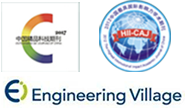


 下载:
下载:
